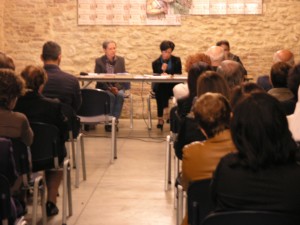 The public meeting that was held on Saturday afternoon on 25 April in Bucchianico, in the Sala dei Banderesi, on Germana Sommaruga a ‘lay Camillian teacher 1914-1995’ surprised those who had come for two reasons: they learnt about Germana Sommaruga the ‘person’ who was unknown to very many of them and they heard the speakers link the words ‘multiculturality’ and ‘hope’. This meeting, which was organised by the A.C. De Meis Cultural Association and the Camillian Cultural Association (the committee for the celebrations of 2013), belonged to the list of events to prepare for the opening of the Camillian Jubilee year. Ivana Barbara Torto, in her paper, involved the audience by talking with naturalness about her personal deductions on the subject after reading the biographies and the writings of Germana Sommaruga: her Jewish and Cagliari origins, the loss of her mother, and the discovery of St. Camillus de Lellis, who was born like her on 25 May, because of his great teaching about relieving suffering in daily life. The Camillian words ‘everywhere people suffer, people die’ greatly struck this seventeen-year-old girl who was well placed in the Milanese bourgeoisie and in this way she identified her life project, far from the noise of worldly success. She dedicated herself to her work as a teacher with unusual seriousness and flanked it with total dedication to her suffering neighbour. Her project could take practical shape in 1948 when the Secular Institute of the Missionaries of the Sick was founded after Pope Pius XII had issued the important document Provida Mater Ecclesia which regulated the birth of secular institutes inside the Catholic Church. Immediately afterwards about fifty adherents and then a large number of activities led Germana to work in Italy and abroad: the acronyms U.C.I (Union of Catholic Nurses); C.A.M. (Centre for assistance to the Sick); and O.A.R.I. (Work for Assistance to Sick Religious) summarise the very many examples of dedication to the sick still underway and being carried out that are nourished by her work and her sensitivity. But what strikes one first and foremost about Germana, as Ivana B. Torto stressed, is her pioneering spirit in placing the concept of ‘interculturalità’ (which comes from the English ‘interculturality’ and which spread in Italian scholarly circles in the 1960s) as the first foundation for her work of assistance to her suffering neighbour and then the spread of the Christian message. She said: how can one communicate the hope of Christ if one does not understand the cultures of the people to whom we are speaking: no imposition but encouragement to reflection and drawing near with the cultural instruments of those who are listening to us. Ivana B. Torto in an important way linked the date of the foundation of the institute (1948) with that of the UN (1945) and the Constitution of Italy (1947-48) in order to stress how fertile the post-war years were and how much the assumptions of mutual respect, in dignity and diversity, have still to be implemented.
The public meeting that was held on Saturday afternoon on 25 April in Bucchianico, in the Sala dei Banderesi, on Germana Sommaruga a ‘lay Camillian teacher 1914-1995’ surprised those who had come for two reasons: they learnt about Germana Sommaruga the ‘person’ who was unknown to very many of them and they heard the speakers link the words ‘multiculturality’ and ‘hope’. This meeting, which was organised by the A.C. De Meis Cultural Association and the Camillian Cultural Association (the committee for the celebrations of 2013), belonged to the list of events to prepare for the opening of the Camillian Jubilee year. Ivana Barbara Torto, in her paper, involved the audience by talking with naturalness about her personal deductions on the subject after reading the biographies and the writings of Germana Sommaruga: her Jewish and Cagliari origins, the loss of her mother, and the discovery of St. Camillus de Lellis, who was born like her on 25 May, because of his great teaching about relieving suffering in daily life. The Camillian words ‘everywhere people suffer, people die’ greatly struck this seventeen-year-old girl who was well placed in the Milanese bourgeoisie and in this way she identified her life project, far from the noise of worldly success. She dedicated herself to her work as a teacher with unusual seriousness and flanked it with total dedication to her suffering neighbour. Her project could take practical shape in 1948 when the Secular Institute of the Missionaries of the Sick was founded after Pope Pius XII had issued the important document Provida Mater Ecclesia which regulated the birth of secular institutes inside the Catholic Church. Immediately afterwards about fifty adherents and then a large number of activities led Germana to work in Italy and abroad: the acronyms U.C.I (Union of Catholic Nurses); C.A.M. (Centre for assistance to the Sick); and O.A.R.I. (Work for Assistance to Sick Religious) summarise the very many examples of dedication to the sick still underway and being carried out that are nourished by her work and her sensitivity. But what strikes one first and foremost about Germana, as Ivana B. Torto stressed, is her pioneering spirit in placing the concept of ‘interculturalità’ (which comes from the English ‘interculturality’ and which spread in Italian scholarly circles in the 1960s) as the first foundation for her work of assistance to her suffering neighbour and then the spread of the Christian message. She said: how can one communicate the hope of Christ if one does not understand the cultures of the people to whom we are speaking: no imposition but encouragement to reflection and drawing near with the cultural instruments of those who are listening to us. Ivana B. Torto in an important way linked the date of the foundation of the institute (1948) with that of the UN (1945) and the Constitution of Italy (1947-48) in order to stress how fertile the post-war years were and how much the assumptions of mutual respect, in dignity and diversity, have still to be implemented.
Germana, as was observed by Patrizia Buracchio, an exponent of the Secular Institute of the Missionaries of the Sick Christ the Hope, went on more than one occasion to Bucchianico to visit the birthplace of St. Camillus de Lellis, her spiritual guide and inspiration. Hope, as Patrizia said, always accompanies charity: to be near to those who suffer means to help them with all available means but it also means to give them the hope of Christ. The suffering present in the life of man does not have meaning if it is not experienced with the light of hope in a better future and in our individual spiritual growth. The model of St. Camillus is also implemented through the ‘contagion’ of his holiness: his example: over time and for four centuries his example has brought out extraordinary sensitivity in people who have been protagonists of a simple and daily holiness where love for one’s neighbour is the guiding lighthouse of very many people who have made it their own life projects. Germana Sommaruga, Nicolino D’Onofrio, Brother Ettore Boschini (all strongly connected with Bucchianico) bequeathed to us a model of simple holiness, to be found in their works as well. These are not good resolutions, the Camillian parish priest Fr. Mario, said in his paper, but above all else works so as not to fall into the banality of living.



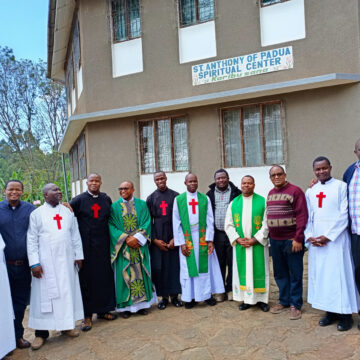
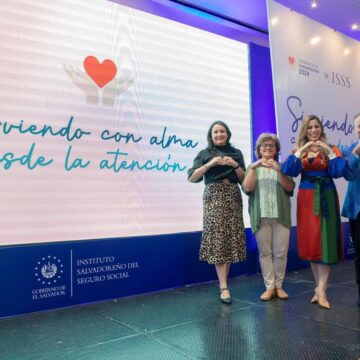

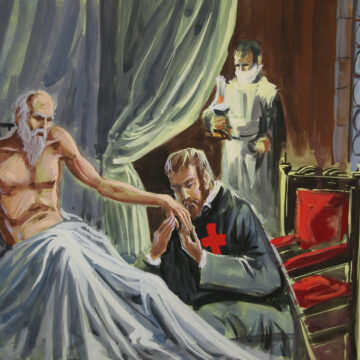
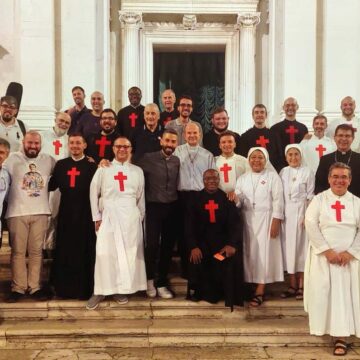
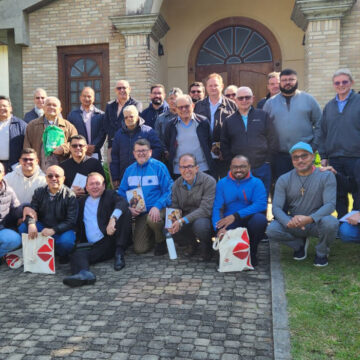
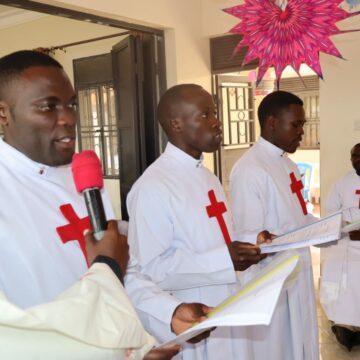
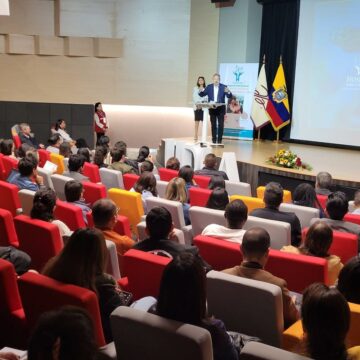
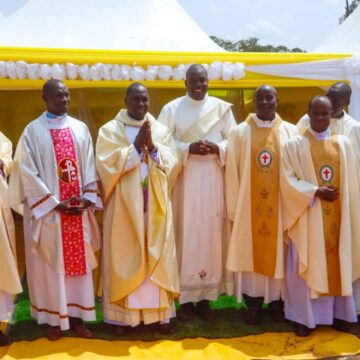

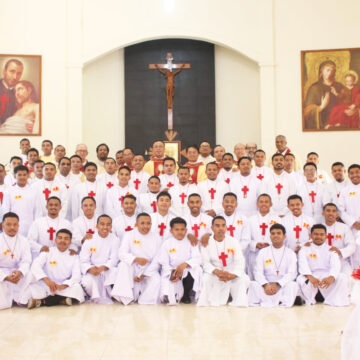
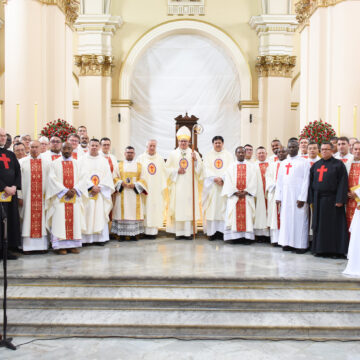
Camillians on Facebook
Camillians on Twitter
Camillians on Instagram